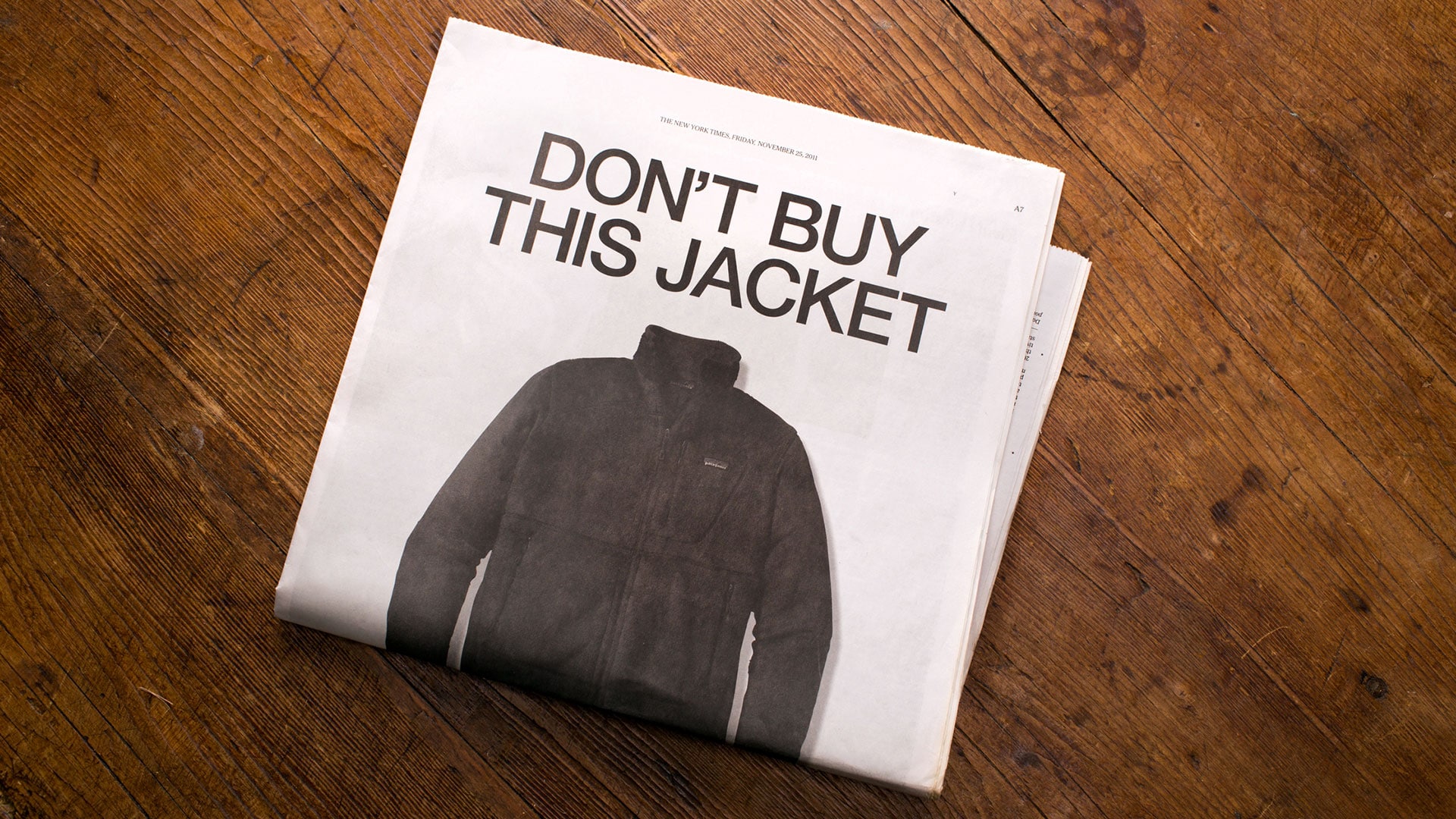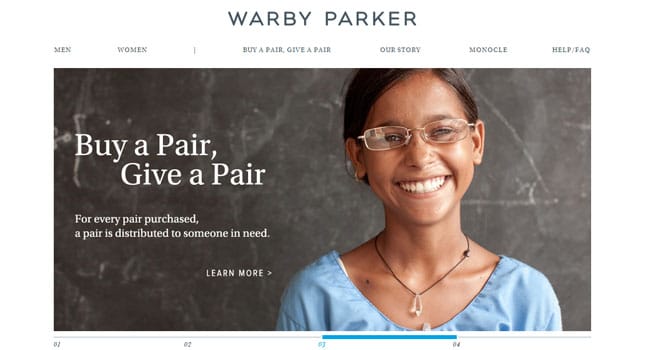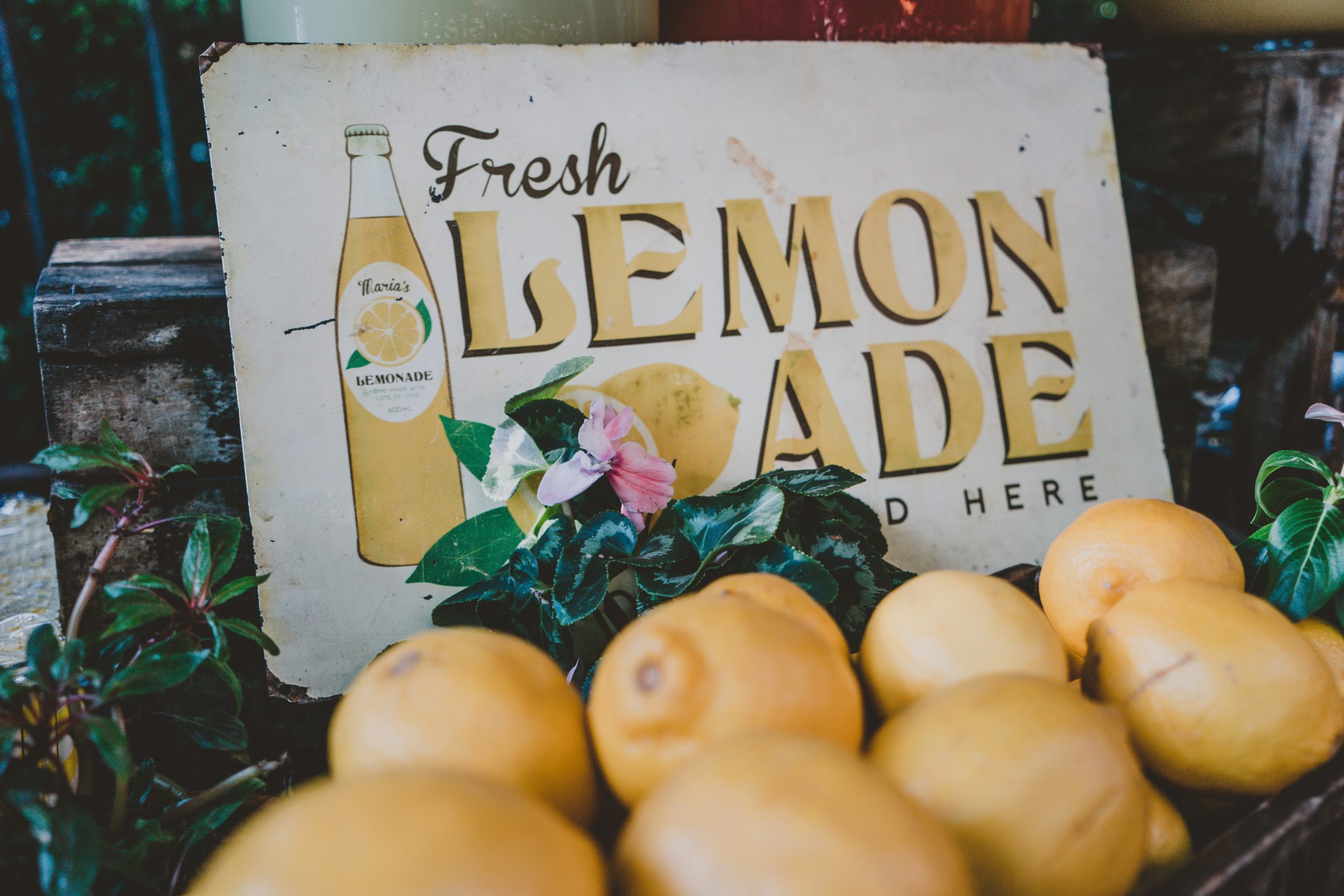Social responsibility has become a hot topic over the past decade.
For some brands, this desire to give back to the world started long before it became a trendy addition to an investor pitch. Patagonia, for example, has been pledging 1% of their total sales to the preservation and restoration of our earth since 1985. Warby Parker and TOMS Shoes then threw a spin on corporate responsibility with their “Buy One, Give One” model—which caught on like wildfire.
And now with the next generation of consumers, Gen Z, supporting (and buying) more socially conscious brands, the idea of “giving back” as part of the business model no longer feels like a detail within the brand’s narrative. It becomes the narrative itself.

Patagonia’s Black Friday Ad, The New York Times, 2011
This has been exactly our experience at ONEHOPE Wine.
Starting a little over a decade ago, myself and seven others in the beverage space realized something unique about our industry—specifically when it came to wine. Wine is one of those gifts you bring for a special occasion, maybe a wedding or a birthday. It can also be a small token of appreciation, a housewarming gift, or even just a contribution to a shared dinner.
Making social impact a part of the mission
Having been in the beverage industry for quite a while, the eight of us had become familiar with all the usual promotional opportunities that companies take advantage of throughout the year: holidays, award shows, events, and even social good initiatives. Year after year, we would help raise tens of thousands, sometimes hundreds of thousands of dollars for causes like Breast Cancer Awareness month—but then as soon as the month was over, all efforts would halt, and we’d wait to do it again the next year.
Eventually, my business partner and co-founder, Jake Kloberdanz, raised the question, “If we can have this big of an impact in one month out of the year, what would happen if we were able to do this twelve months out of the year?”
That was 11 years ago. And to date, ONEHOPE Wine has donated over $4 million to people in need which has provided 6,000 people with global health care. We’ve built 63,000 forever homes for shelter animals, 2.3 million meals for children, 5,100 people with one year of clean drinking water, and much more. This was all by making a positive impact on the world for every bottle sold.
The psychology of social-good brands
But something happened to me recently that revealed why the psychology of social-good brands is so effective—and genuinely resonates with consumers.
A few months ago, I was walking with my girlfriend along Manhattan Beach in California.
We came upon a lemonade stand and a little girl behind the tabletop with her plastic cups and a big jar of lemonade. Thirsty, my girlfriend and I decided to stop for a drink (and support this young entrepreneur). We then saw that on her jar it said, “Free Lemonade. Donations for charity only.”
After she handed us our little plastic cups, I stuffed a $10 bill inside the jar without even thinking about it. “I’m not buying lemonade. I’m donating to a good cause,” I found myself thinking—and clearly I wasn’t alone. The jar was practically overflowing with tens and twenties.
Coincidentally, about ten minutes later we came up to another lemonade stand (business was good that day). This little girl had nearly the exact same setup, a tabletop, plastic cups and a big pitcher of lemonade. However, her jar’s sign said, “Lemonade $1.” Again, wanting to support this little girl, we both ordered a lemonade and I left her an extra $1 as a tip.
It wasn’t until after the fact that I’d realized what had just happened.
Startups must resonate with beliefs and perspectives
Through perceived value alone, I had spent 3x more with the first girl selling lemonade. It had very little to do with the product itself, and everything to do with what the product (and this young founder) stood for—which is exactly why consumers are so attracted to brands like Warby Parker, TOMS Shoes, and ONEHOPE. We subconsciously want to do good in the world, we want to give back, sometimes we just don’t know how. But when we’re presented with opportunities to do so, we tend to give more money to the cause that resonates with our beliefs and perspectives on the world.
 Unfortunately, a great number of aspiring companies tend to think that simply by saying, “Buy One, Give One,” consumers will buy—and that’s far from the case. The truth is, you still need to have a great product. You still need to prove you’re actually making the impact you say you are. And you absolutely need to believe in the mission you are marketing. It needs to be part of the fabric of your brand, not just an add-on or a clever advertisement. You still need to have something people want to pay for in the first place. But as we’ve seen over the past decade building ONEHOPE into the fastest-growing direct-to-consumer wine brand in the country, your mission and a community that believes in it is what separates you from the competition.
Unfortunately, a great number of aspiring companies tend to think that simply by saying, “Buy One, Give One,” consumers will buy—and that’s far from the case. The truth is, you still need to have a great product. You still need to prove you’re actually making the impact you say you are. And you absolutely need to believe in the mission you are marketing. It needs to be part of the fabric of your brand, not just an add-on or a clever advertisement. You still need to have something people want to pay for in the first place. But as we’ve seen over the past decade building ONEHOPE into the fastest-growing direct-to-consumer wine brand in the country, your mission and a community that believes in it is what separates you from the competition.
It can also be the difference between someone spending $3, or giving $10.
Brandon Hall, Co-Founder & Chief Brand Officer of ONEHOPE Wine.





